Air management for passenger cars
The installation space available under the hood is becoming increasingly smaller. At the same time, the requirements for reducing emissions and consumption are growing. MAHLE air management systems are tailor-made to meet customer demands: they achieve maximum filtration performance as well as optimal flow and thermal management, all with an extremely compact design.
Systems for air management
Air intake modules
As the processes in the engine become ever more complex, the demands on the intake system also increase. Emissions regulations and consumption specifications, shorter model cycles, and rising expectations for performance in shrinking packages are the cornerstones of modern development. For example, MAHLE was recently able to take another substantial step forward in the development for modern combustion engines with the integration of charge air cooling in the air intake module.
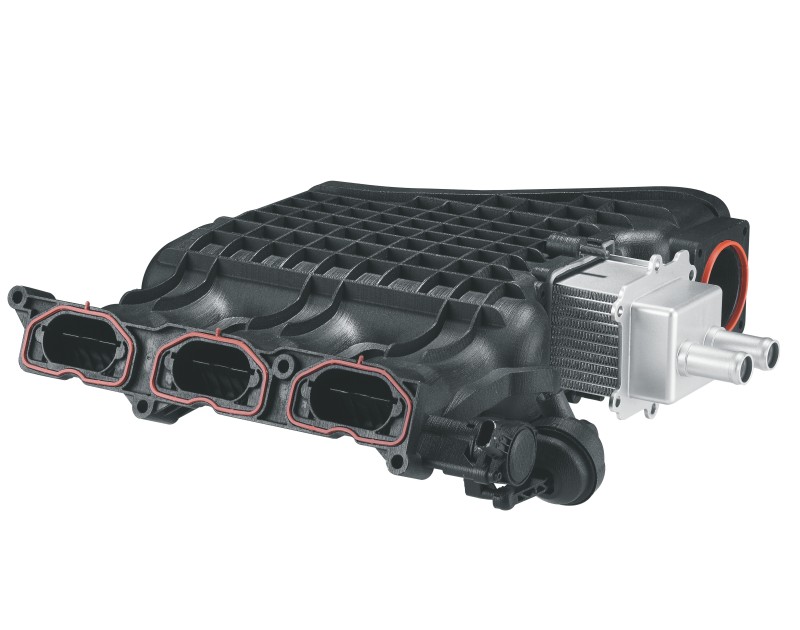
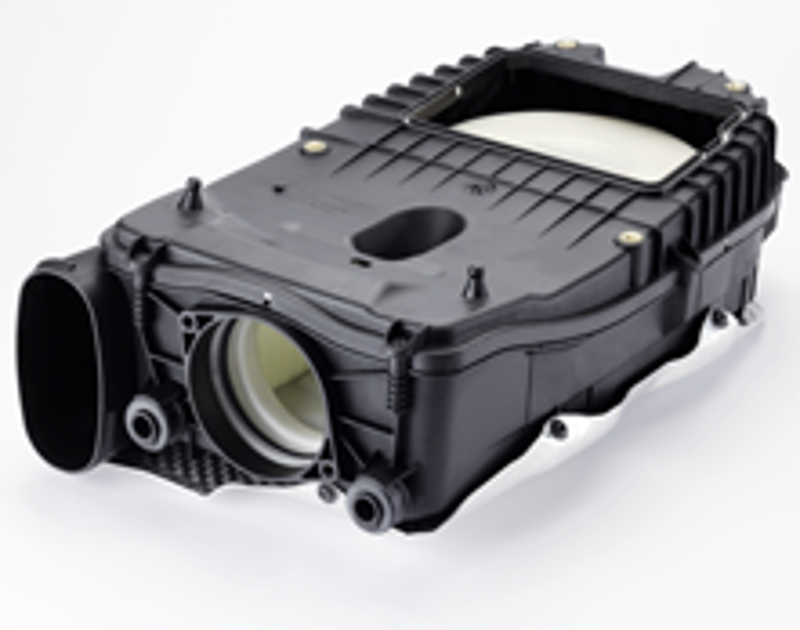
Air filters
Increasingly smaller package constraints require higher filtration performance, especially with respect to particle retention efficiency. This trend requires the use of high-performance filters, more complex flow guidance design, and new filter element concepts.
As a technology leader in the area of plasticized filter elements, MAHLE can react flexibly to any package constraint with the application of a wide range of design types.
Electrical heaters for blow-by systems
Electric blow-by heaters are used between the air intake module and the cylinder head cover to prevent icing. They work with PTC technology and are available in modular versions within a power range of 200 to 600 watts. The optimized heating function and the possible high level of integration into the motor periphery are advantages of the MAHLE heaters.
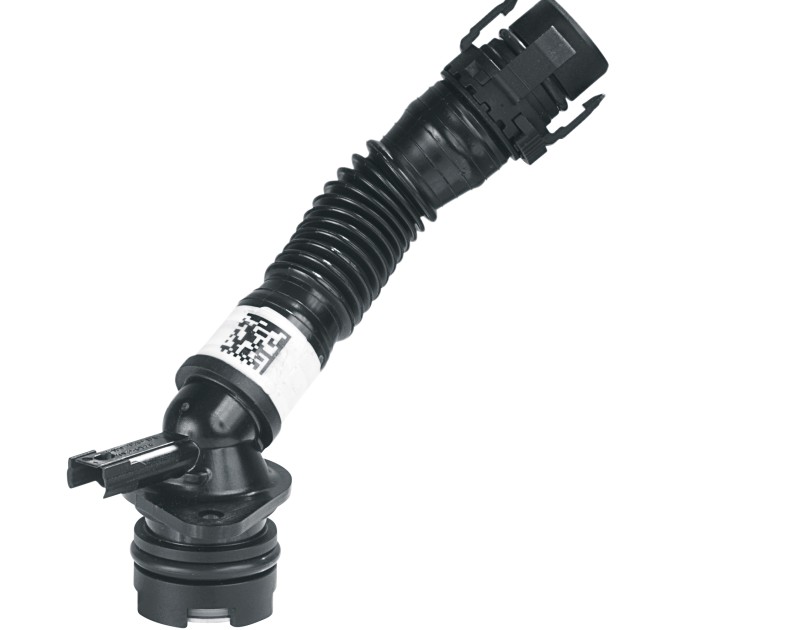
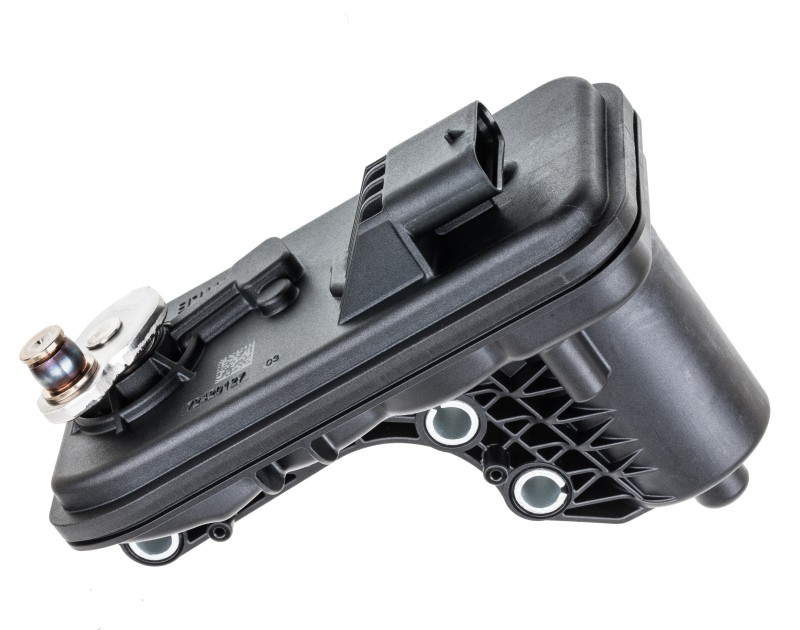
Electric wastegate actuator (EWG)
The electric wastegate actuator from MAHLE ensures the best possible interaction between the combustion engine and turbocharger, especially in downsizing engines.
The electrical actuator can reach any desired wastegate position in a flash, regardless of the negative or positive system pressure. Its high clamping force ensures minimal leakage and consequently rapid boost pressure build-up. The result is very spontaneous responsiveness.
Actuator for Turbocharger with variable turbine geometry (VTG)
MAHLE electric actuators for turbochargers with variable turbine geometry (VTG) optimally adjust the incident flow from the turbine for current operating conditions, ensuring high performance, low emissions, and low fuel consumption.
MAHLE has specifically designed these electric actuators to meet the requirements of modern combustion engines: The models for VTG applications are therefore extremely compact and lightweight, weighing in at less than 250 g.
They also allow for maximum flexibility in vehicle applications thanks to a generous adjustment angle of up to 130° and an application temperature range of −40°C to +160°C as standard.
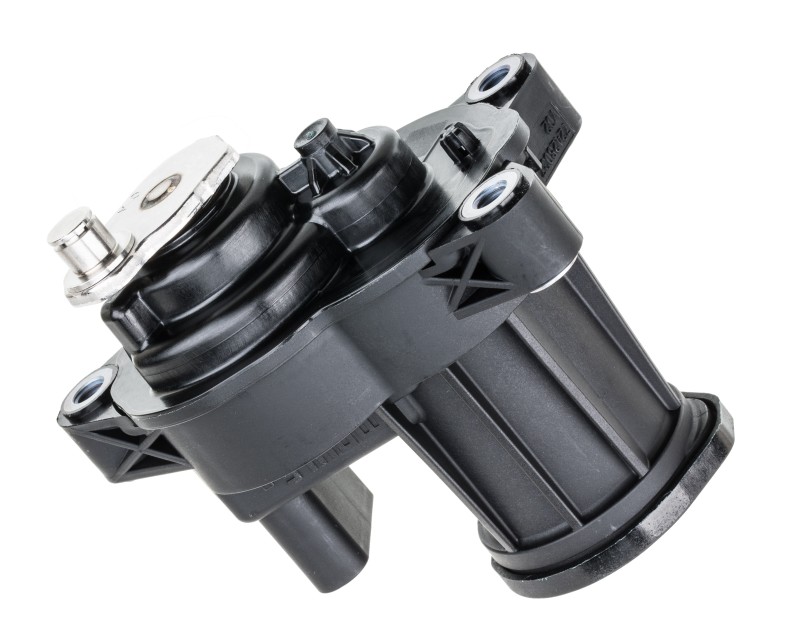
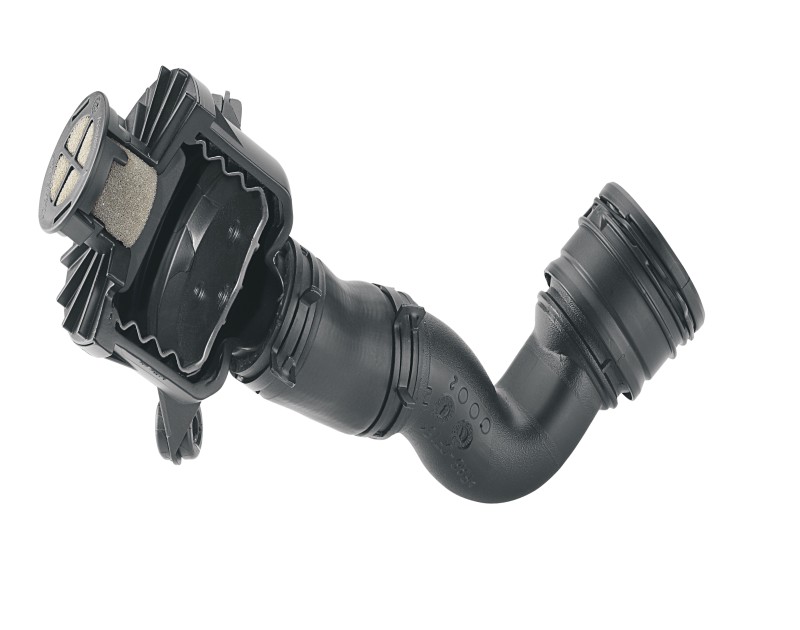
Resonators / Sound generators
Besides the focus on efficiency, vehicle and engine development is still about emotions. The sound of an engine plays a critical role: it represents the performance characteristics of the powertrain, and is also an inherent component of a brand's unique properties and its recognition factor. Turbocharged engines, in particular, lose much of their “natural” sound, which is why sound design plays an important role in development. MAHLE uses cutting-edge simulation methods to optimize acoustics in line with customer requirements when developing resonators or sound generators that are integrated directly in the air guidance system.
Oil mist separator
Oil mist separator systems reliably clean the gases from the crankcase that are contaminated with oil mist. Oil consumption can thereby be further reduced and the influence of combustion minimized. The oil mist separator integrated in the crankcase ventilation system separates gaseous and liquid components. The separated oil is fed back into the oil circuit and the cleaned air is recirculated to the intake system.
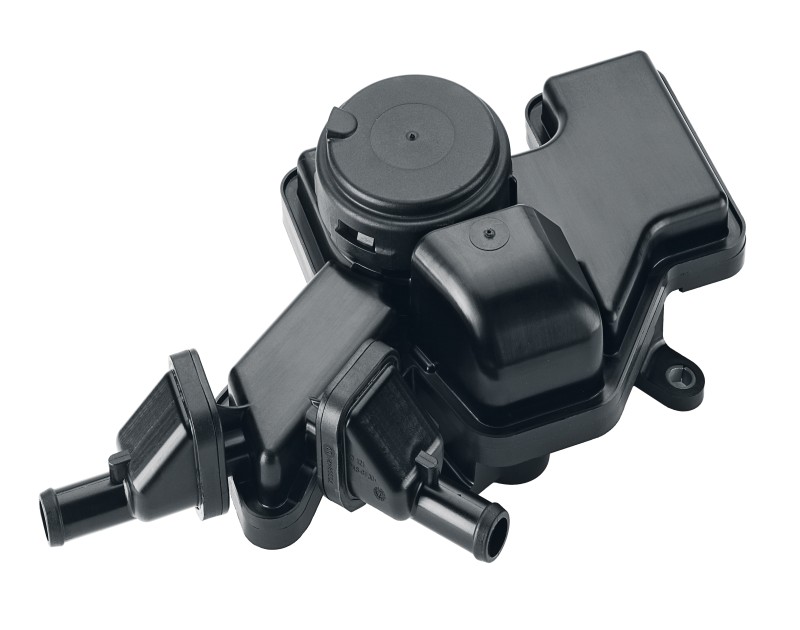
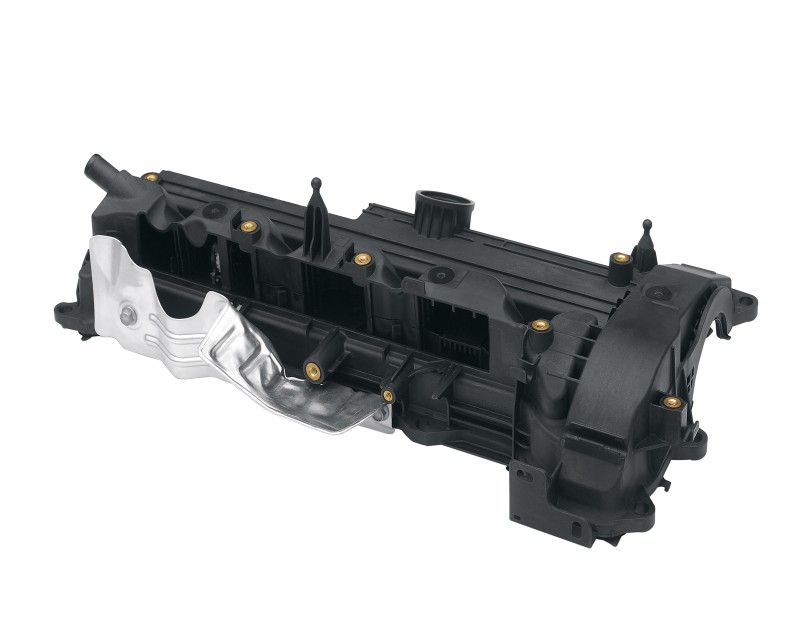
Engine and cylinder head covers
Weight reduction and the functional integration of a thermoplastic cylinder head cover are essential elements in a modern engine. MAHLE maximizes these advantages by optimizing its use of materials, minimizing material inputs, and implementing highly complex geometries. Modifications to suit higher loads and temperatures, zero-maintenance requirements over a product’s service life, and compliance with acoustic specifications are an integral part of the development process.
Air ducts
The trend toward a modular system approach demands more flexible and lightweight components that can be employed even under very tight installation space conditions. Another challenge consists in the low-cost, effective production of what are often very complex shapes. The increasingly difficult installation and removal conditions for service purposes are central aspects in the development of current air guidance products.
The materials used thus far include mainly petroleum-based plastics. In its search for alternatives, MAHLE has investigated various bio-based plastics and most recently validated a material for air duct components as ready for series production, which protects the environment and does not affect the food chain.
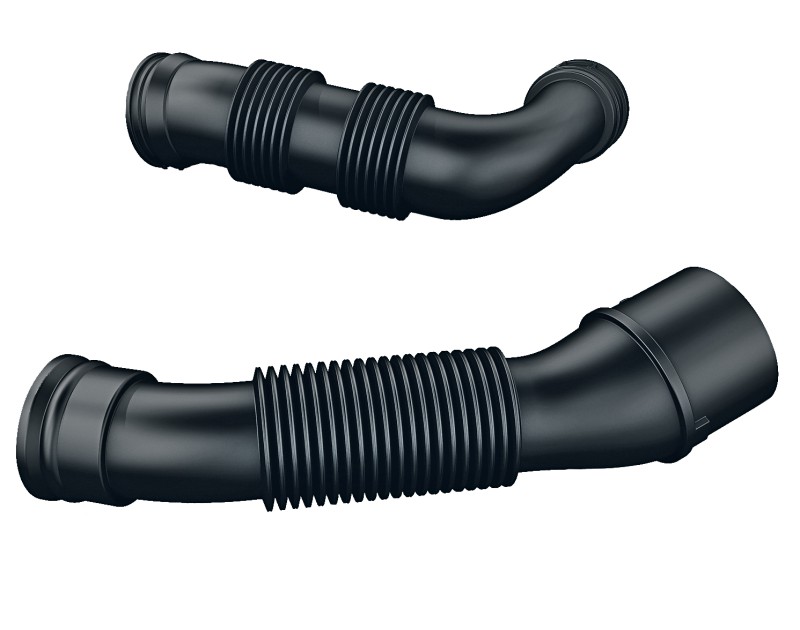
Exhaust gas recirculation (EGR)
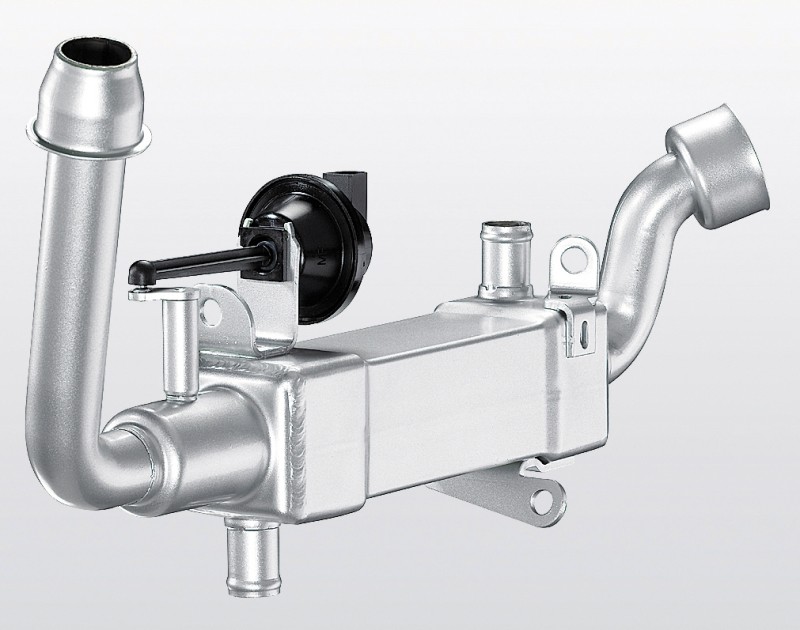
One approach to complying with the new emissions limits is to incorporate cooled exhaust gas recirculation (EGR).
This involves extracting a portion of the main exhaust flow between the engine outlet and the turbine, cooling it in a special heat exchanger, and feeding it back to the intake air downstream of the charge air cooler. The combustion temperature in the engine is thereby lowered, thus reducing the formation of nitrogen oxides (NOx). One outstanding feature of MAHLE’s laser-welded exhaust gas heat exchangers is their excellent corrosion resistance.
We also offer switchable exhaust gas heat exchangers featuring a bypass section integrated into the cooler housing. To keep pollutant emissions at a constantly low level, the bypass disables the recirculated exhaust gas cooling function in certain driving situations, e.g., during the cold start phase.